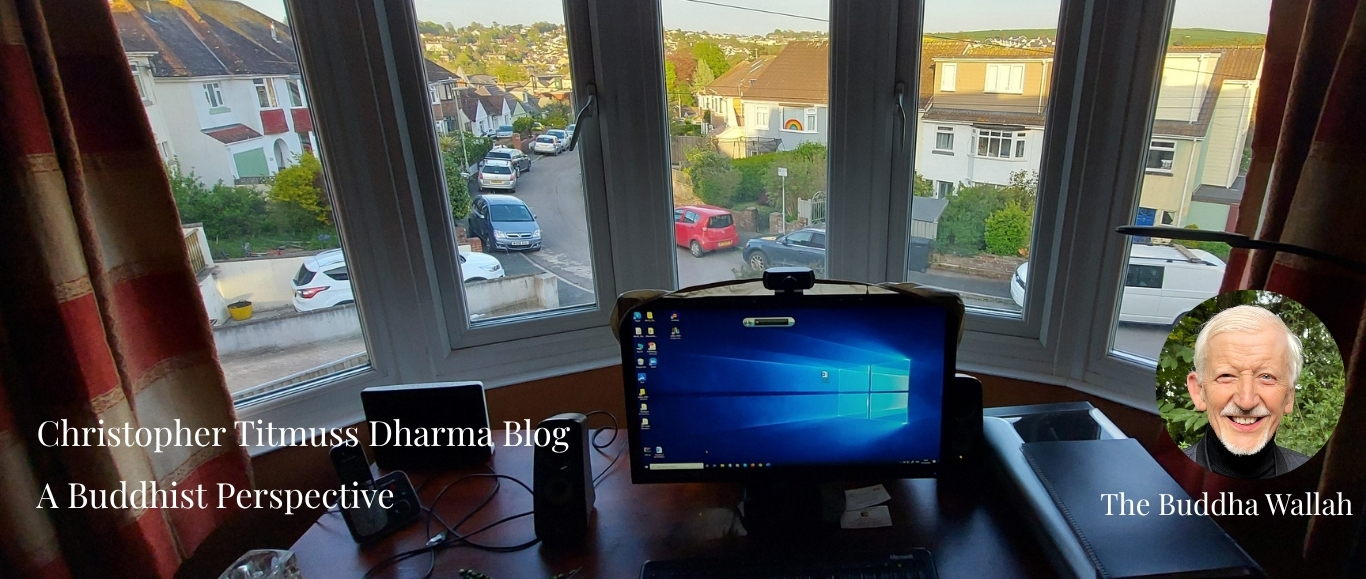Dear Citizens of the Arab nations, We are also tired of our governments
We, the so-called democratic nations, are thoroughly tired of our power hungry leaders, bankers obsessed with money, no matter how great the debt, and media barons repressing information. …
Dear Citizens of the Arab nations, We are also tired of our governmentsRead More »
Dear Citizens of the Arab nations, We are also tired of our governments Read More »

